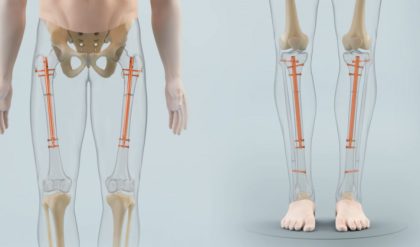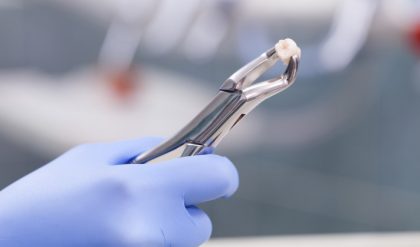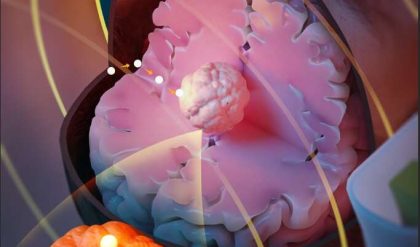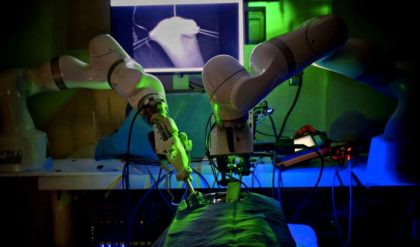
A team of researchers from Tel Aviv University’s Sagol Center for Regenerative Biotechnology has successfully engineered 3D human spinal cord tissues and implanted them in a lab mouse with long-term chronic paralysis, marking the first time this has been done.
The best part, however, is that the results were extremely encouraging as they’ve seen a roughly 80 percent success rate in restoring walking abilities.
The technology used to achieve this feat is based on obtaining a small biopsy of belly fat tissue from the patient, which consists of cells together with an extracellular matrix. “After separating the cells from the extracellular matrix we used genetic engineering to reprogram the cells, reverting them to a state that resembles embryonic stem cells – namely cells capable of becoming any type of cell in the body.
“From the extracellular matrix we produced a personalized hydrogel, that would evoke no immune response or rejection after implantation. We then encapsulated the stem cells in the hydrogel and in a process that mimics the embryonic development of the spinal cord we turned the cells into 3D implants of neuronal networks containing motor neurons.”
After that, the mice were implanted with human spinal cord implants. The lab models were divided into two groups, those who had been paralyzed for a short time (the acute model) and those who had been paralyzed for a long time (the chronic model). After the implantation, all of the lab models with acute paralysis and 80 percent of those with chronic paralysis were able to walk again.
“This is the first instance in the world in which implanted engineered human tissues have generated recovery in an animal model for long-term chronic paralysis – which is the most relevant model for paralysis treatments in humans.”
This could be a game-changer for millions of people across the world who are paralyzed due to spinal damage and have yet to find an appropriate treatment. The scientists aim to “produce personalized spinal cord implants for every paralyzed person, enabling regeneration of the damaged tissue with no risk of rejection.”
The researchers are now preparing for the next step of the study, which will include clinical trials on human patients. They hope to implant the modified tissues in paralyzed people within a few years, allowing them to stand and walk again.





